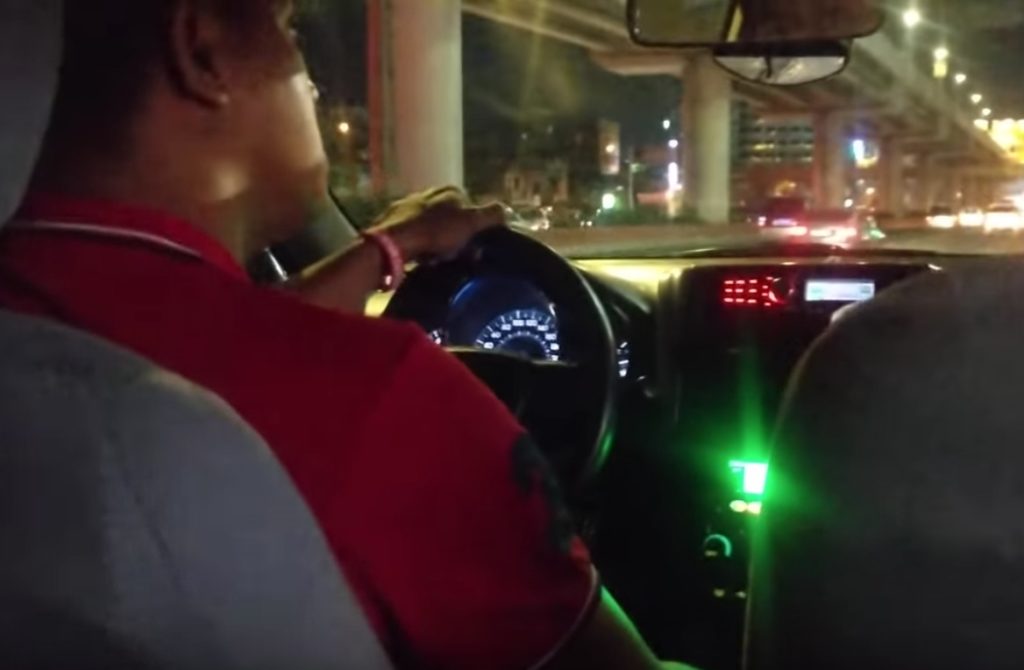The guidelines of Premium Taxis in the Philippines have been amended to include regular salary and benefits for drivers, updated requirements for road worthiness, vehicle reclassification, and free Internet access for patrons.
In line with the Public Utility Vehicle Modernization Program (PUVMP), the Department of Transportation (DOTr) issued Department Order (D.O.) No. 2019-007, amending provisions to D.O. 2015-011 for Premium Taxis.
DOTr Secretary Arthur P. Tugade signed the guidelines, known as the “Taxi Modernization Program,” on May 8, 2019 with hopes to respond to the public’s needs of a safe, comfortable, and reliable public transport service at reasonable prices and with high-end safety and comfort.
Secretary Tugade says these new guidelines will benefit both commuters and drivers. “Our transport modernization programs aim to uplift three elements: the safety and comfort of the riding public, the state of road transportation, and the welfare of transport operators and drivers. Through the Taxi Modernization Program, we provide additional options for mobility to the public while giving our taxi drivers regular compensation and benefits,” he says.
The transportation chief further noted that the roll-out of amended guidelines for premium taxis complements the government’s campaign for road safety awareness.
“When our drivers are salaried, they do not need to rush on the road to maximize the number of passengers and flagdowns they could get in a day. We, thus, reduce the risk of road incidence. And, with the amended vehicle specifications for premium taxis, we put on our roads vehicles that are safer and environment-friendly,” he adds.
Under D.O. No. 2019-007, all Premium Taxi units shall be at least Euro-4 compliant and air-conditioned. They are also reclassified as either Silver or Gold.
Based on body types per registration with the Land Transportation Office (LTO), sedans may be classified as either Silver or Gold.
Meanwhile, Multi-Purpose Vehicles (MPV) and Utility Vans (UV) will fall under Silver Taxis; whereas Sports Utility Vehicles (SUV) and Utility Vans (Premium) will be classified as Gold Taxis.
The parameters that define Silver and Gold Taxis are upon the determination of the Land Transportation Franchising and Regulatory Board (LTFRB). These include, but are not limited to, displacement or power rating, leg room and luggage compartment.
For applicants who intend to operate a premium taxi service, the units to be applied shall not be more than three (3) years old upon application of Certificate of Public Convenience (CPC.) The year model of the unit shall be based on the date of manufacture as reflected in the Certificate of Registration from the LTO.
Electric vehicles with at least 100-kilowatt output and hybrid vehicles with at least 1,800 cubic centimeters (cc) rated engine displacement shall also be accepted as alternative vehicles.
For the exterior color of Premium Taxis, the Silver Taxi will be in black with silver markings, while the Gold Taxi will also be in black but with gold markings.
The maximum passenger capacity for Premium Taxis has also been increased.
For Silver Taxi, the maximum number of passengers is four (4) for Sedan; six (6) passengers for MPV; and seven (7) passengers for UV. For the the Gold Taxi, only a maximum of four (4) passengers for both Sedan and SUV is permitted, while (7) passengers with pilot seats for the UV.
To promote the safety of passengers, all Premium Taxi units are required to have front-facing seats, seatbelts for all passengers and driver, airbags for the driver and front passengers, and windows in clear tempered glass.
D.O. No. 2019-007 also mandates modern PUV features for Premium Taxis, such as free internet access for passengers, on-board navigation system (GPS) or mobile-based application, dashboard and occupancy cameras with continuous recording of the past 24 hours of operation.
DOTr Undersecretary for Road Transport and Infrastructure Mark de Leon said Premium Taxis aim to supply the growing demand of commuters for a more modern taxi service.
“As we can glean from the TNVS ridership, more Filipinos are now willing to pay a higher amount for cleaner, more modern and convenient taxi services, with mechanisms for commuter safety and feedback. Premium Taxis will offer a similar service level. Truly, there is no reason for taxi services not to up their ante to serve our commuters at a higher standard,” Usec. de Leon pointed out.
Further, a notable amendment in the guidelines is the provision of driver’s salary. The Taxi Modernization Program requires compensation and benefits for the drivers as mandated by the Labor Code, along with a training requirement that shall be determined by the LTFRB.
Likewise, all Premium Taxi drivers must wear proper uniform. They are to provide a door-to-door service, with no fixed route within a specified area.
Operational requirements under D.O. No. 2019-007 also include a maximum age limit for the vehicles, which shall not exceed seven (7) years from its year model as reflected in the Certificate of Registration or subject to Motor Vehicle Inspection Station (MVIS) Roadworthiness Certificate.
LTFRB Chairman Martin Delgra III noted the prospective contribution of the Premium Taxi service to the implementation of the PUVMP for the benefit of Filipino commuters and PUV stakeholders.
“We are looking forward to the participation of transport operators and drivers in the Taxi Modernization Program. Nowadays, improved riding experience is a premium that Filipinos are found to be willing to pay for. And with more modern vehicles plying our roads, we make road transport safer, more reliable and convenient for our passengers,” Chairman Delgra expressed.
Premium Taxi service franchises will soon open in highly urbanized cities outside of Metro Manila. The DOTr-LTFRB shall rationalize the number of Premium Taxi units allowed to ply per region.





